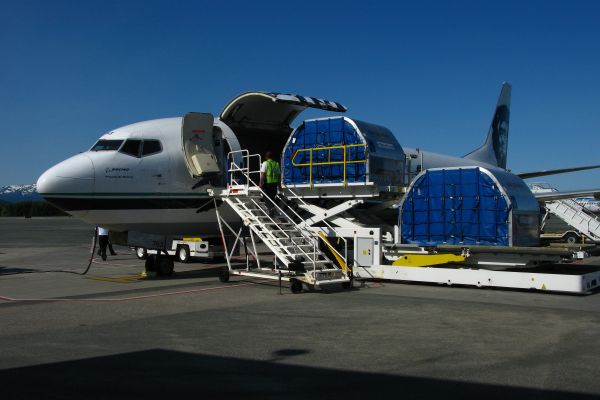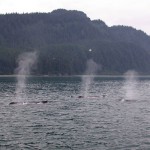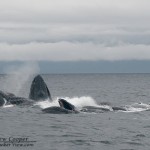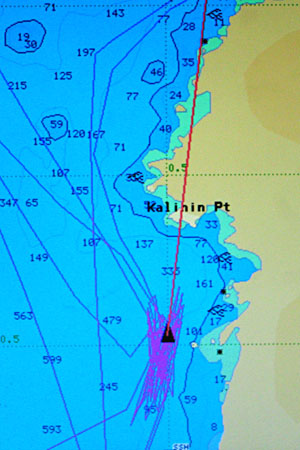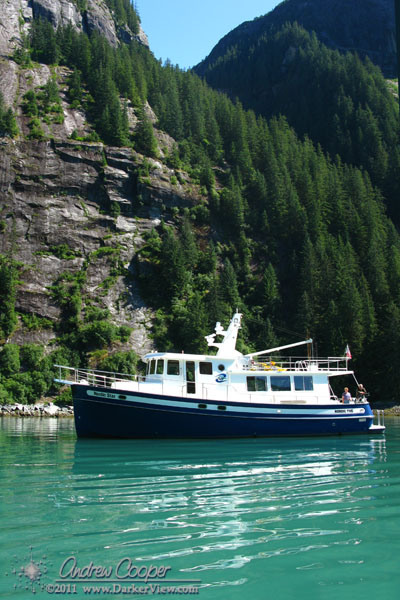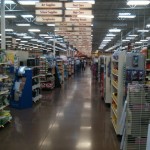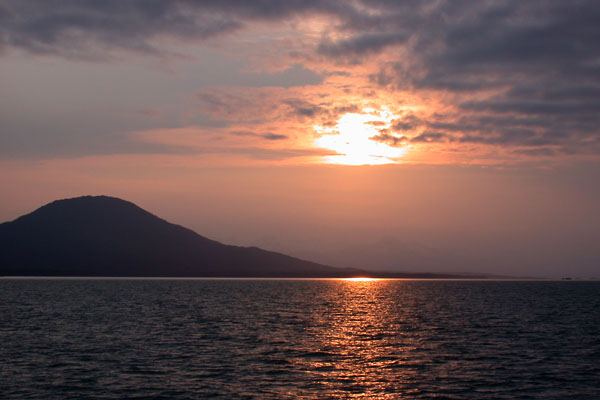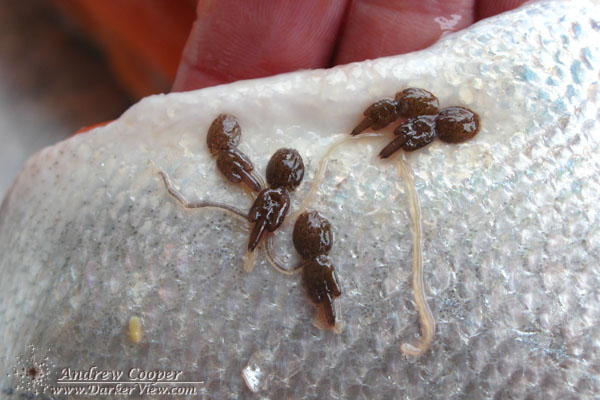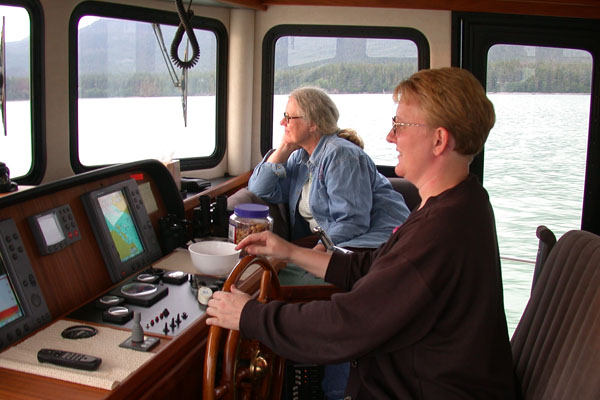The weather was forecast to be perfect, no clouds, blue skies and warm. Unusual weather for Juneau, even the locals were commenting on the hot days. Given the forecast I set up arrangements for something I had wanted to do, take Deb on a float plane trip over the Juneau Ice Field.
We had wanted to do this last time we were here, but the weather supplied a day with sullen grey skies and drizzling rain, stopping the plan. This time we had a whole morning available, an opportunity not to be squandered.
The float plane itself is part of the treat for those who love aircraft. A DeHavilland Otter is a legendary aircraft. Asking the pilot I find that this one was built in 1958, quite a bit older than I am.
The pilot looked at my six foot height and offered me the most spacious seat in the aircraft, the co-pilots seat, a rare treat and the best seat in the plane for photography. But I had done this before, riding the co-pilot’s seat of an even older DeHavilland Beaver. I asked him to put Deb up front in my stead. She owes me.
Taking off we bounce over the water and between the towering cruise ships crowding the harbor. The takeoff is surprising fast, we quickly soar above the city and head south for the Taku Glacier. My camera had a fresh 4Mb card and battery, but I aim and fire repeatedly. I will have to change the card before this flight is over.
A beautiful flight over stunning terrain, I have over 200 photos to go through. Ice as far as we could see, the plane carrying us into a world so different from what we know in our daily lives. If you visit Juneau, and the weather cooperates, I highly suggest you take this plane.


